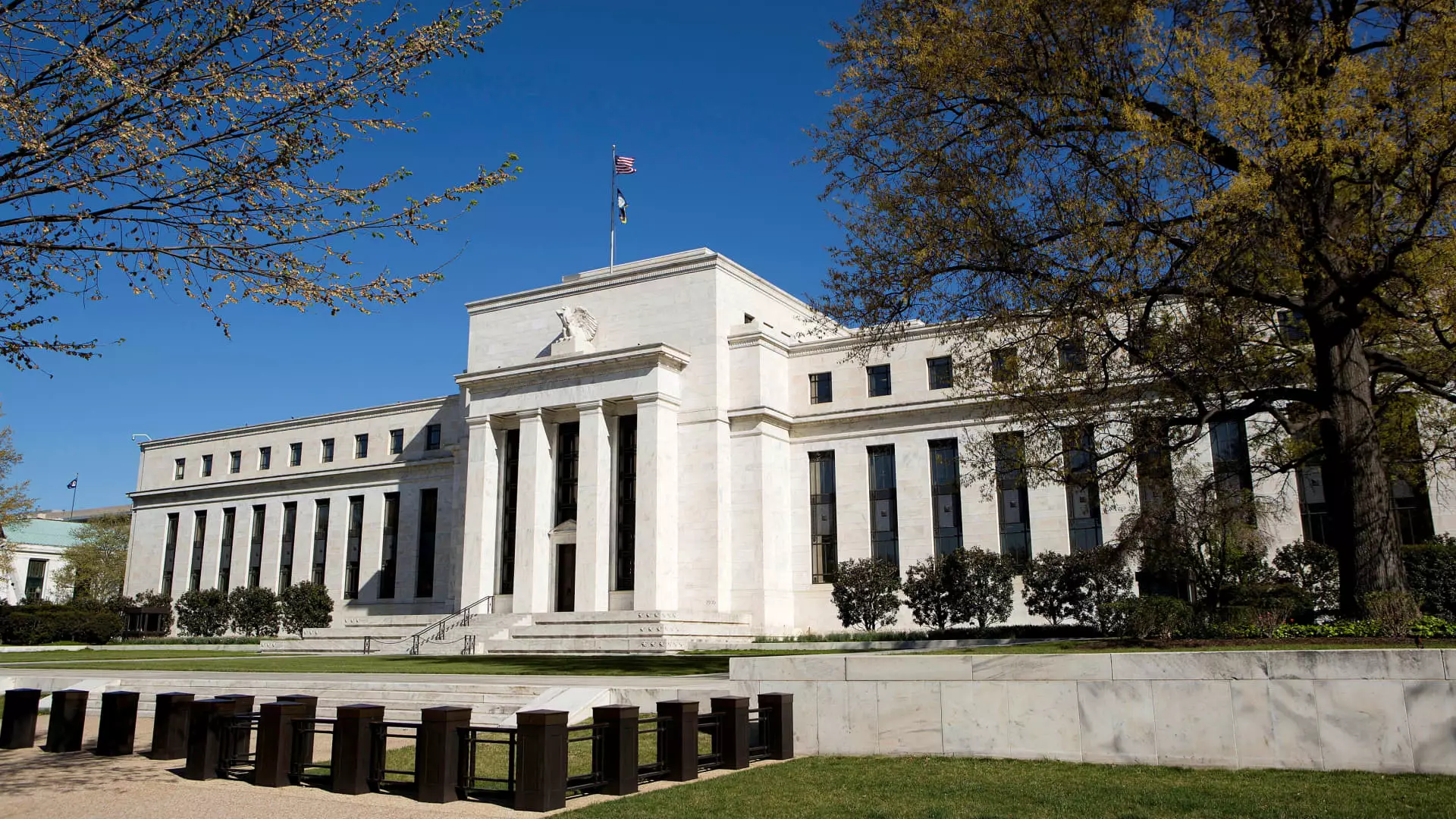The U.S. Federal Reserve has made headlines recently with its decision to cut the benchmark interest rate by 25 basis points. This arrived shortly after the unexpected victory of President-elect Donald Trump in the 2024 election. A dominating sentiment of economic uncertainty has marked this election cycle, particularly in the wake of persistent inflation that has made basic commodities increasingly unaffordable for millions of Americans. Recent indicators suggest, however, that inflation rates are trending downward, approaching the Federal Reserve’s target of 2%. Such developments have provided the central bank with the necessary confidence to implement rate cuts.
The Context of Recent Economic Conditions
In the months leading up to this rate adjustment, the Federal Reserve increased baseline interest rates multiple times. From March 2022 to July 2023 alone, the central bank enacted an aggressive campaign of eleven rate hikes. These increases were correlated with a rise in consumer borrowing costs. Thus, this recent reduction comes as welcomed relief for consumers who have been grappling under heavy financial burdens, particularly those mired in debt from credit cards or loans.
The central focus herein is not just the mechanics of raising or lowering interest rates, but rather how these changes tangibly influence daily financial reality for everyday citizens. By cutting the benchmark interest rate, the Federal Reserve aims to promote borrowing and investment, ultimately steering the economy towards recovery. However, the truth is that the effects of these changes may not be instantly visible.
The implications of the Federal Reserve’s actions are particularly evident in consumer borrowing costs. Given that most credit cards operate with variable interest rates, these rates have been closely tied to the Fed’s moves. Since the rate hikes began, the average credit card rate surged from 16.34% to just over 20%. However, with the recent rate cut, some analysts believe that these rates may finally begin to recede—though customers shouldn’t expect drastic changes in their bills overnight.
Experts suggest that rather than mulling over new rates that may take time to materialize, individuals with credit card debt should proactively look for better deals or pursue balance transfer offers that could alleviate their financial strain. According to industry analysts, awaiting marginal decreases from Federal cuts might not yield substantial relief.
The dynamics of auto loans have also shifted significantly. Although most vehicle financing agreements operate on fixed rates, the costs related to purchasing a vehicle have surged due to inflation and increasing market demands. The prevailing rate for a five-year new car loan has surged to approximately 7%, a considerable jump from just 4% recorded earlier in the Fed’s rate hike journey. The Federal Reserve’s recent cut might inject some liquidity into the auto financing sector, potentially recalibrating rates lower, but substantial impacts are expected to take time as lenders adjust to market conditions and inventory levels stabilize.
Household affordability when it comes to housing has also faced challenges, particularly in light of rising mortgage rates in the wake of the pandemic. While the sentiment surrounding rate cuts is generally positive, experts caution that fixed mortgage rates are more set by Treasury yields than the Federal Reserve’s target rates. With economic uncertainty continuing to plague investors, forecasts surrounding significant declines in mortgage rates remain cautiously optimistic.
Challenges for Student Loan Borrowers
Interestingly, student loan borrowers may not see much immediate relief from Federal interest rate cuts. While federal student loan rates are fixed and thus insulated from immediate changes, private loans may benefit from the Fed cuts over time. For borrowers with variable-rate loans, these cuts may yield modest decreases in monthly payments, but the benefits might only amount to a few dollars per month.
Yet, the prospect of refinancing remains a double-edged sword, especially if borrowers consider moving from federal to private loans. Such a move may eliminate protections and benefits provided by federal programs, increasing risks for borrowers. These intricacies underscore the need for individuals to navigate their financial strategies carefully.
Lastly, the impact of the rate cuts extends into the realm of savings as well. Although the central bank’s actions directly influence deposit rates less than they affect loan rates, there has still been movement in terms of yields on savings accounts. Current high-yield savings accounts are offering rates above 5%, a level unseen in nearly two decades. Yet, as the Fed lowers rates, one can expect these enticing numbers to begin a slow decline. Despite forecasted reductions, these accounts still present a reliable way to outpace inflation, providing a silver lining for savers navigating turbulent economic waters.
The Federal Reserve’s recent decision to cut interest rates signals a cautious approach to fostering economic recovery amid persistent inflation pressures. While the move averts immediate financial challenges for borrowers and could ease the strain on consumer lending, the broader implications for economic health are still unfolding. As American households adjust to varying changes in credit, loan, and savings landscapes, they must remain vigilant, informed, and proactive to secure their financial futures amidst the evolving economic realities.

